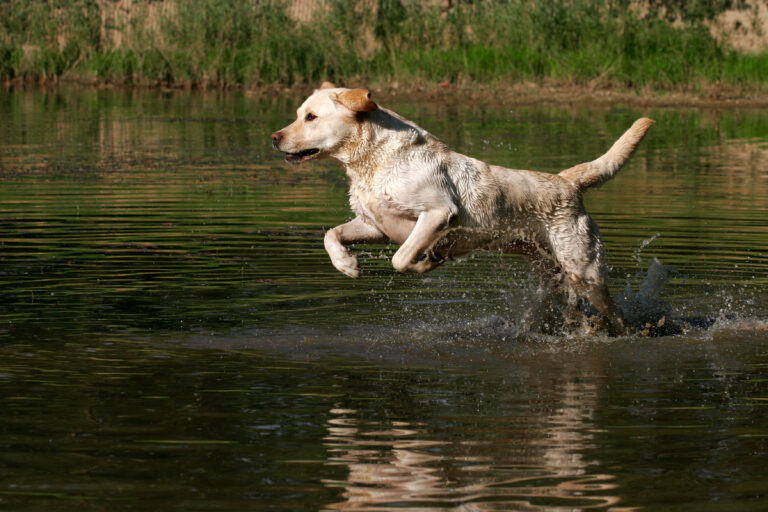12 Surprising Ways Dogs Talk To Us Without Saying A Word
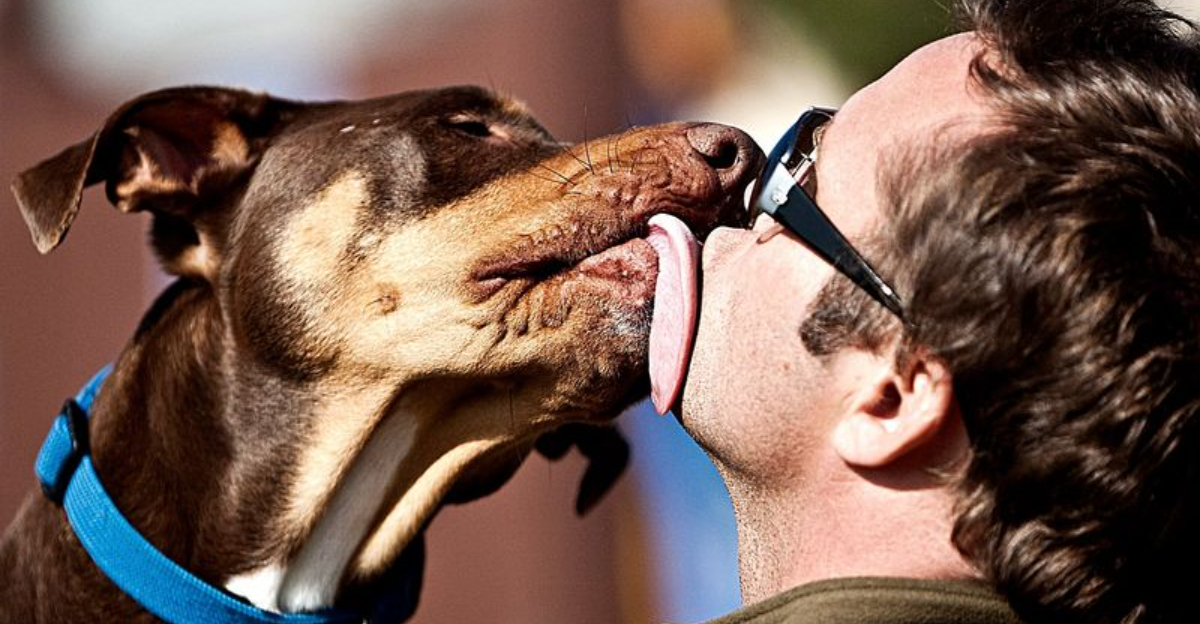
Dogs are master communicators, using a rich tapestry of behaviors to express themselves without uttering a single word.
Their silent language, filled with nuance and emotion, connects them deeply with us, revealing their needs, feelings, and desires in ways we are just beginning to understand. Let’s explore these surprising canine signals.
1. Tail Wagging
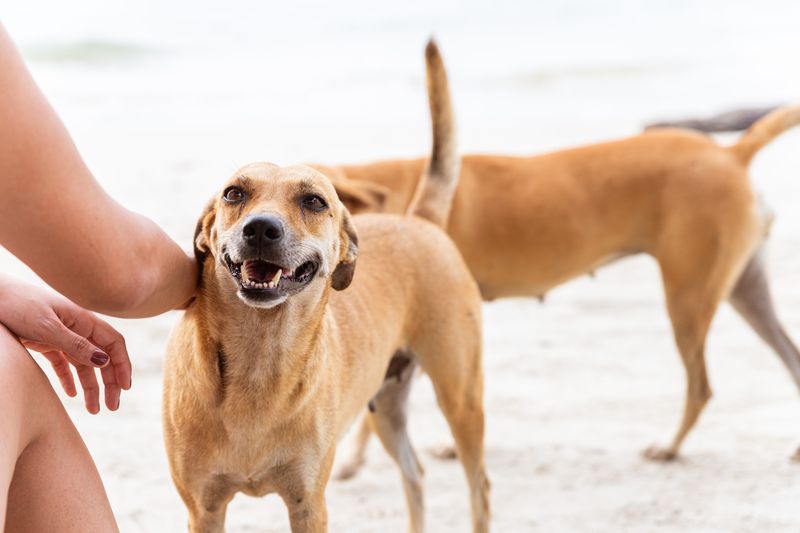
That wagging tail means more than just joy. While a swift wag often indicates excitement, a slow wag may suggest hesitance or uncertainty.
Notice the tail’s position; a high-held tail can signify alertness, while a low one suggests submission. Dogs convey a myriad of emotions through their tails, silently narrating their thoughts.
2. Ear Position
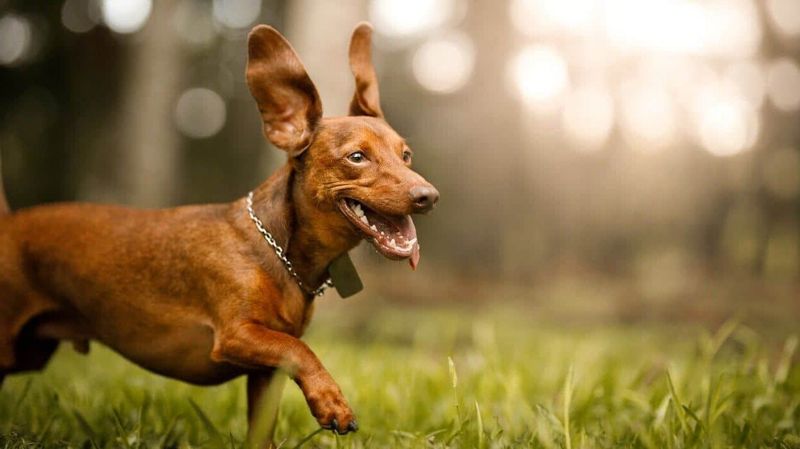
Perked ears reveal curiosity, while flattened ears indicate fear or anxiety. Dogs use ear positions to express a spectrum of emotions, from interest to distress.
Observing your dog’s ears can provide insights into their mood. It’s a silent conversation, a dance of angles, portraying emotions without uttering a sound.
3. Eye Contact
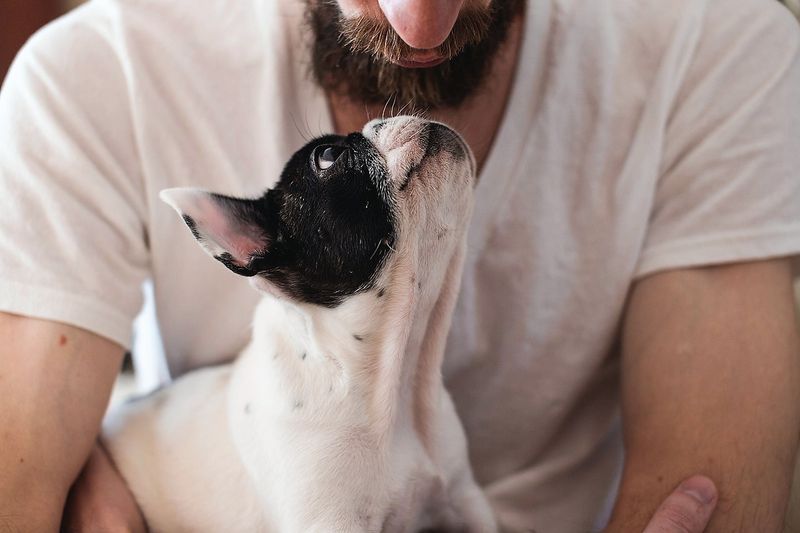
Dogs speak through their eyes, crafting silent stories. Direct eye contact can denote confidence or challenge, while averting their gaze might express submission.
A soft gaze often signifies affection and trust. These nuanced eye dialogs are a dog’s way of connecting, inviting us into their world with just a look.
4. Bowing
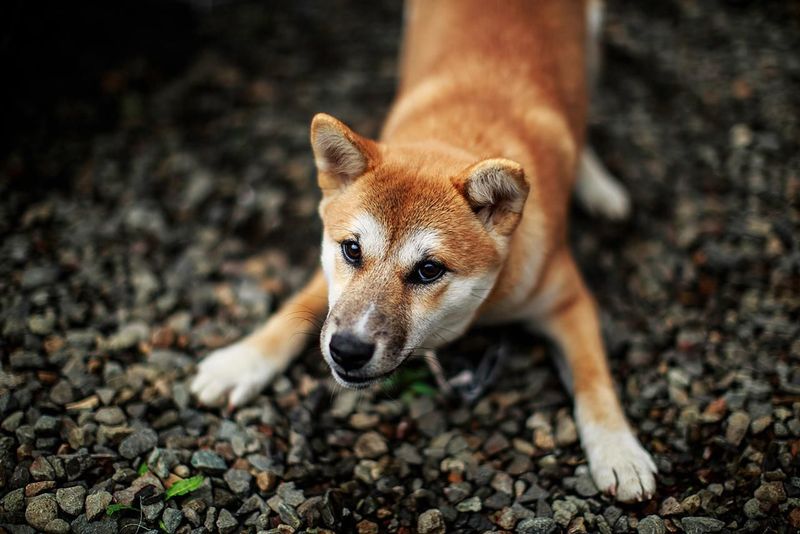
A play bow is an unmistakable invite to fun. When a dog lowers its front legs while keeping its rear up, it’s saying, “Let’s play!” This gesture, filled with enthusiasm and joy, is an open invitation to engage. It’s a universal sign in the canine world, a non-verbal cue to bond.
5. Licking
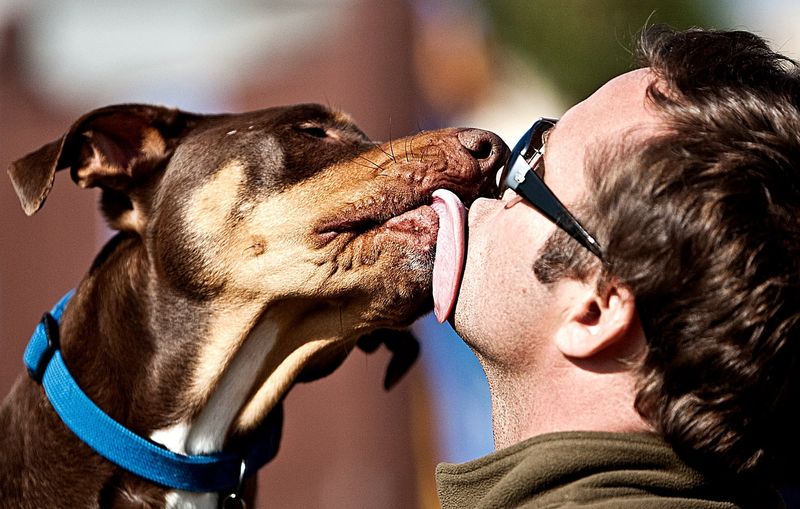
Licking can mean affection, appeasement, or even a request for attention. This behavior, rooted in puppyhood, is a dog’s gentle way of communicating love or submission.
Each lick carries an intention, a silent whisper of the dog’s feelings. It’s a tactile language, sweet and sometimes slobbery, but always heartfelt.
6. Pawing
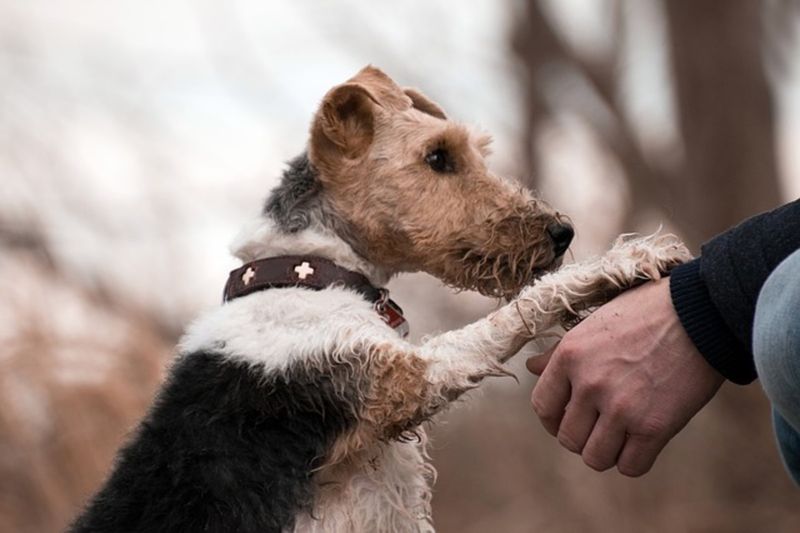
When a dog places its paw on you, it’s often seeking attention or assurance. This gentle touch is a direct request for interaction, a way to connect.
Whether seeking comfort or expressing affection, pawing is a tangible expression of their needs. It’s a paw-tap message, soft yet profound, bridging the communication gap.
7. Yawning

Yawns aren’t just about tiredness; they’re contagious and calming signals. Dogs yawn when stressed, attempting to soothe themselves or others.
This silent expression of emotion is a subtle communication tool, a calming gesture that whispers peace in stressful moments. Yawning is a shared experience, linking humans and dogs in a unique way.
8. Body Posture
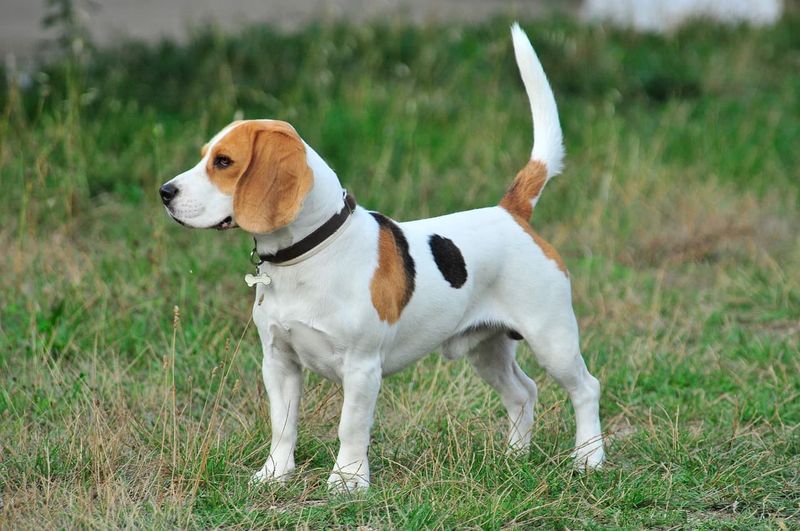
A dog’s stance speaks volumes. A tall posture indicates confidence, while a crouched, low stance suggests submission or fear.
Observing body language offers insights into a dog’s emotional state. Every stance and movement narrates a story, from boldness to apprehension. It’s a non-verbal dialogue, eloquent in its simplicity and depth.
9. Sniffing

Sniffing is a dog’s investigative tool, a way to gather information. This behavior reveals curiosity and interest, providing insights into their environment.
Dogs communicate through scent, deciphering messages left by other animals. It’s a sensory language, an olfactory conversation that tells stories of the world around them.
10. Panting
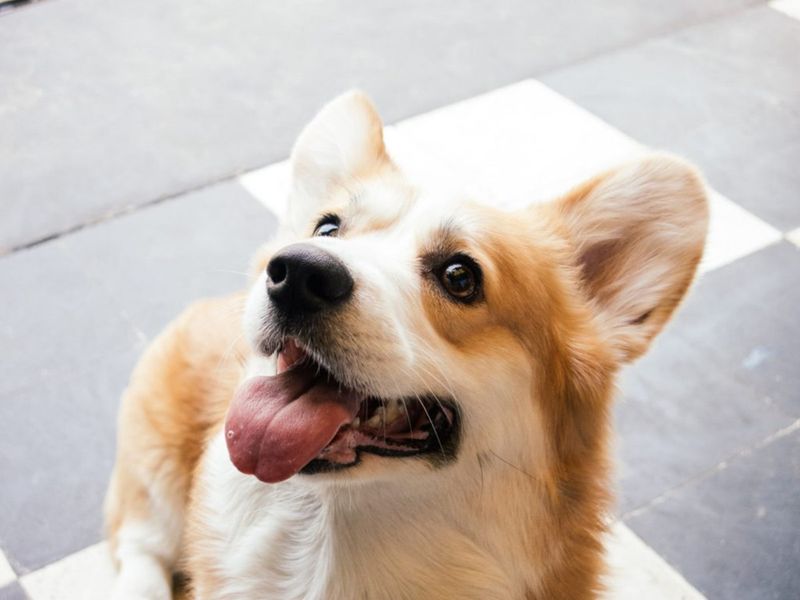
Panting regulates temperature, but it can also indicate stress or excitement. It’s a rhythmic breathing pattern, speaking volumes about a dog’s feelings.
Observing the pace and intensity of panting provides clues about their emotional and physical state. This silent breathy language helps dogs communicate comfort or anxiety without a word.
11. Tail Chasing
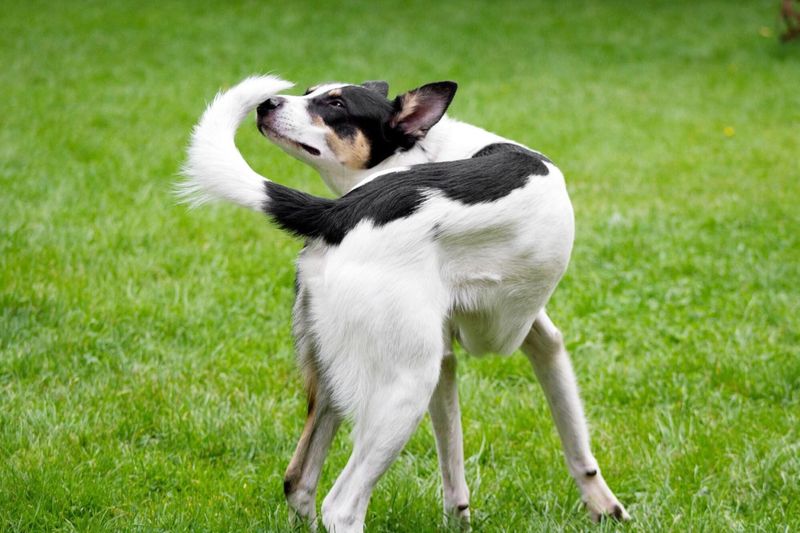
Tail chasing is a whirlwind of energy, often seen in playful or bored dogs. This behavior can indicate excitement or a need for mental stimulation.
While entertaining, excessive tail chasing may signal stress or anxiety. It’s a circular dance, a dog’s silent plea for attention or engagement, spinning stories of emotion and desire.
12. Head Tilting

The iconic head tilt reflects curiosity and comprehension. Dogs tilt their heads to better understand sounds or expressions, showcasing their attentiveness.
It’s an endearing gesture, a non-verbal question mark that melts hearts. This simple tilt communicates the dog’s eagerness to connect, bridging the gap between human and canine understanding.



